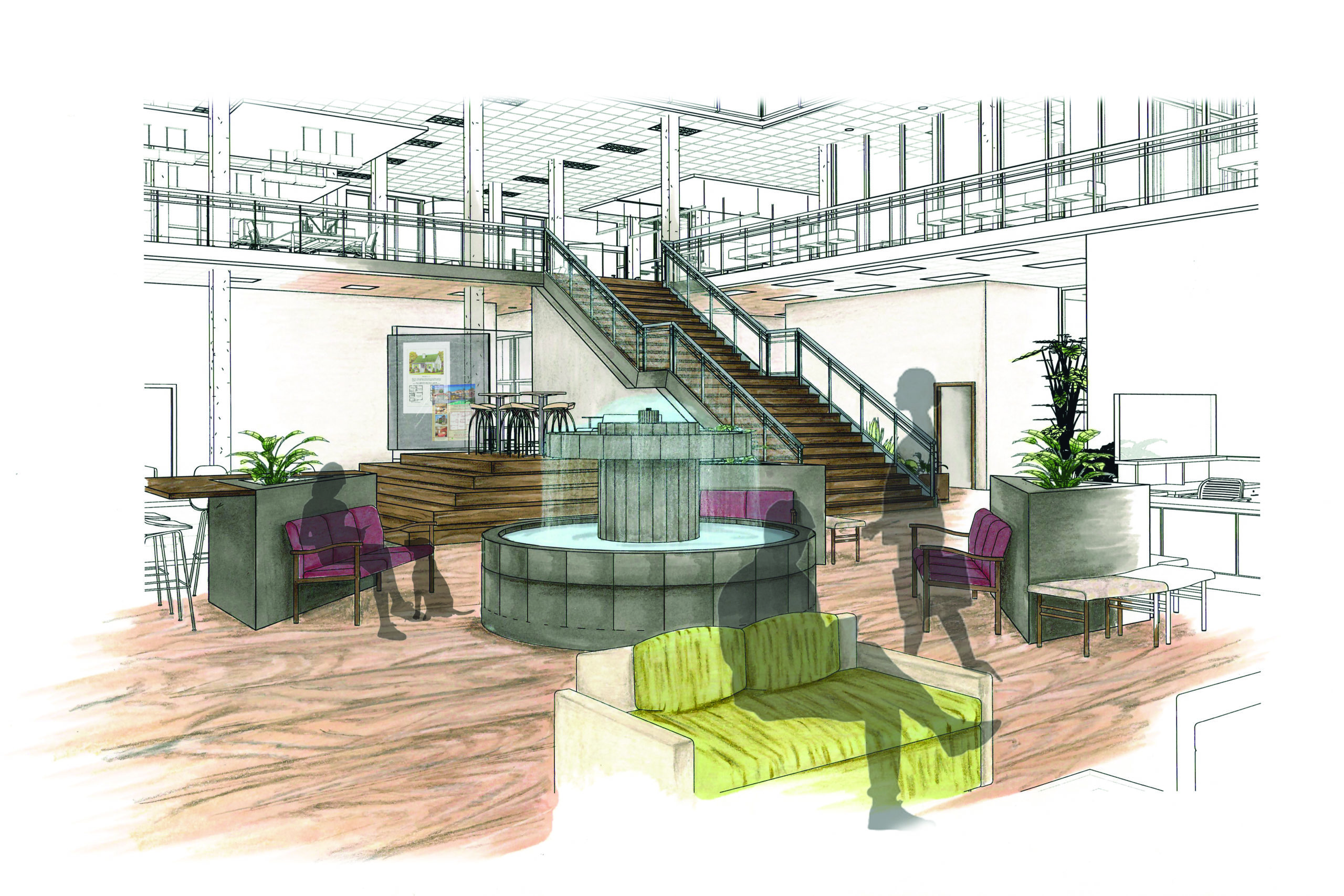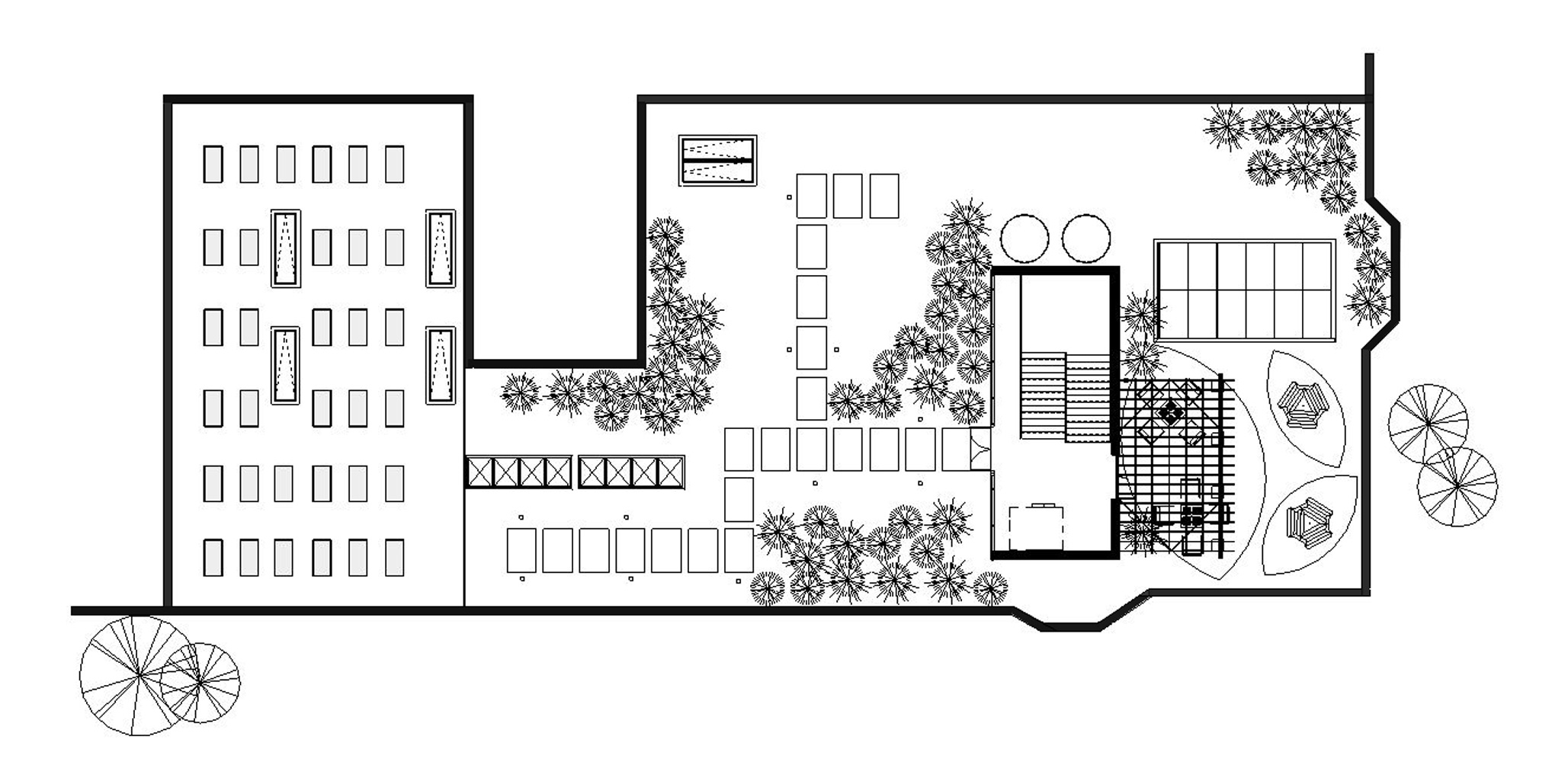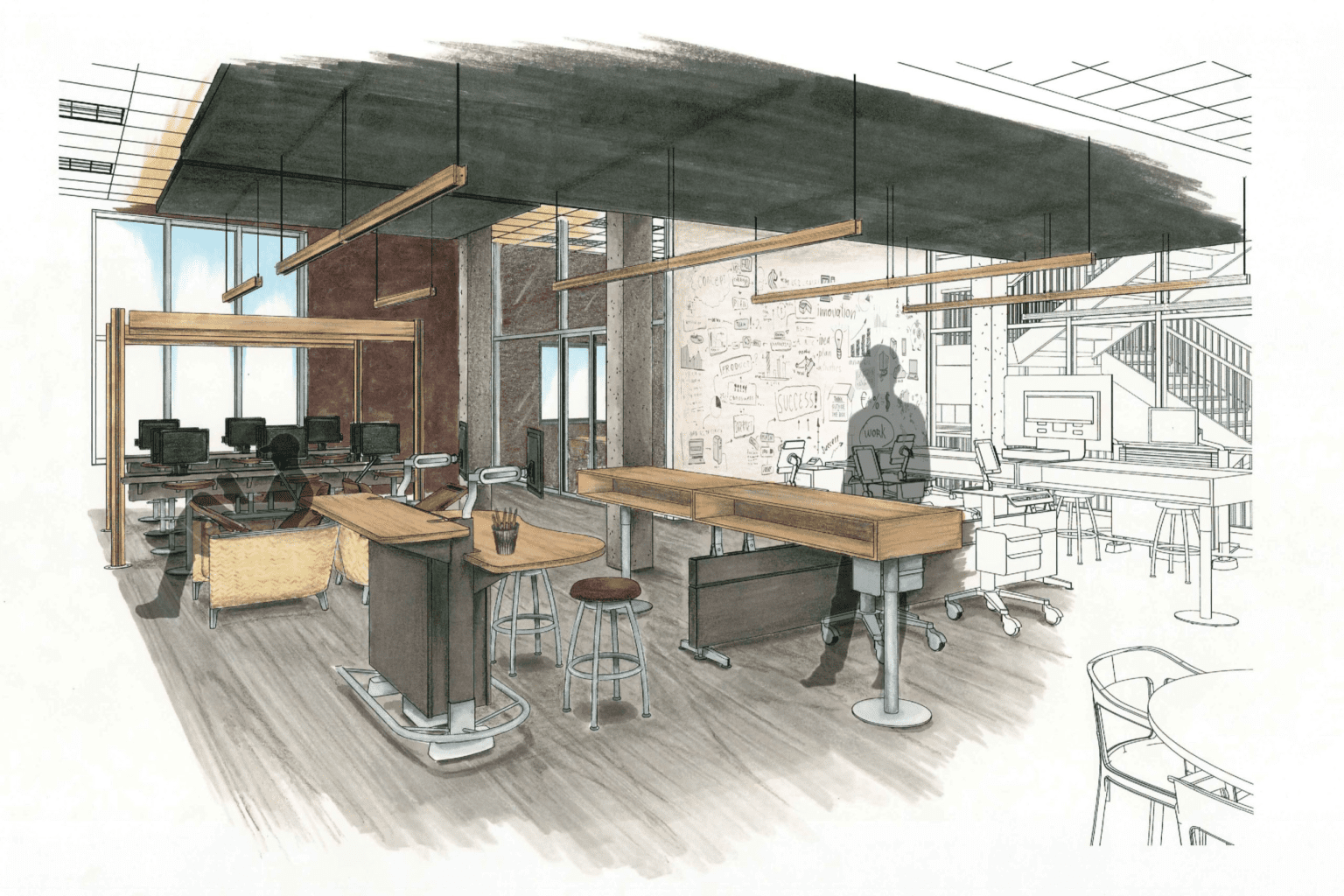When people think of interior design, they often think of the artistic choices made to make a room or space more visually appealing. Whether it’s designing a new room or renovating an old one, interior designers use various objects and materials to give rooms a specific look and feel.

But the benefit of great interior design goes beyond a room’s aesthetic character. In this case, function flows from—and is enhanced by—design. Interior design directly informs people’s relationship to and with a space, ultimately influencing how that space is used. As students, interior designers are taught to use various materials, objects, and configurations to bring a residential or commercial space together. These include homes, hospitals, shopping centers, and restaurants.
Why is interior design important?
Design enhances functionality
Some of the spaces where interior design has the most impact are those where you’d least expect it. Hospitals, for instance, rely heavily on interior design to encourage certain behaviors. Free of distraction and clutter, well-lit and wide-open spaces all over hospitals maximize space, limit accidents, and direct the eyesight of patients and employees to emergency exits, emergency equipment like defibrillators, and vital locations like emergency rooms. Well-organized and efficient spaces also help improve patient outcomes. The effect can be subtle; small changes to patient bedrooms can help employees be more accurate and engaged.
It isn’t just hospitals where interior design impacts employee performance and happiness. In a range of industries, open office plans can encourage ideation and communication, clean water can be readily available rather than across the room, and ergonomic furniture can help people focus.

Design helps us express ourselves
And its core, the purpose of interior design is to improve the safety and utility of a space. But it is also an art and mode for personal expression. Style and design can even be generational. Each generation develops its own designs and chooses what conventions to shed to create a unique look and feel that is theirs. As a result, what seems like simple aesthetic choices can have great meaning.
There are many different ways to convey points of view and make value statements with design. Interior design has long been used to express power and status. The high ceilings, large photographs, and long entryways of courtrooms are among the most iconic examples. Design can challenge power as well as express it. Colorful, eclectic, and intimate spaces were hallmarks of feminist movements in the 1960s. Today, sleek, modern spaces and natural materials exemplify and amplify sustainability and efficiency, and are valued by designers and environmentally conscientious occupants all over the world.
Design can improve quality of life
Interior design aims to maximize the utility and attractiveness of a space. A variety of techniques and materials can evoke desirable feelings and associations. Color, lighting, and texture can all promote positive first impressions and bring a sense of comfort.

Natural materials like wood are used to give occupants a deep emotional connection to a room. Using them in spaces like hotels and spas helps customers and employees achieve peace and respite from a chaotic workplace or public environment. Leisure environments often use soft, warm colors and subtle textures to provide a stark contrast to the visual noise that bombards many other spaces.
